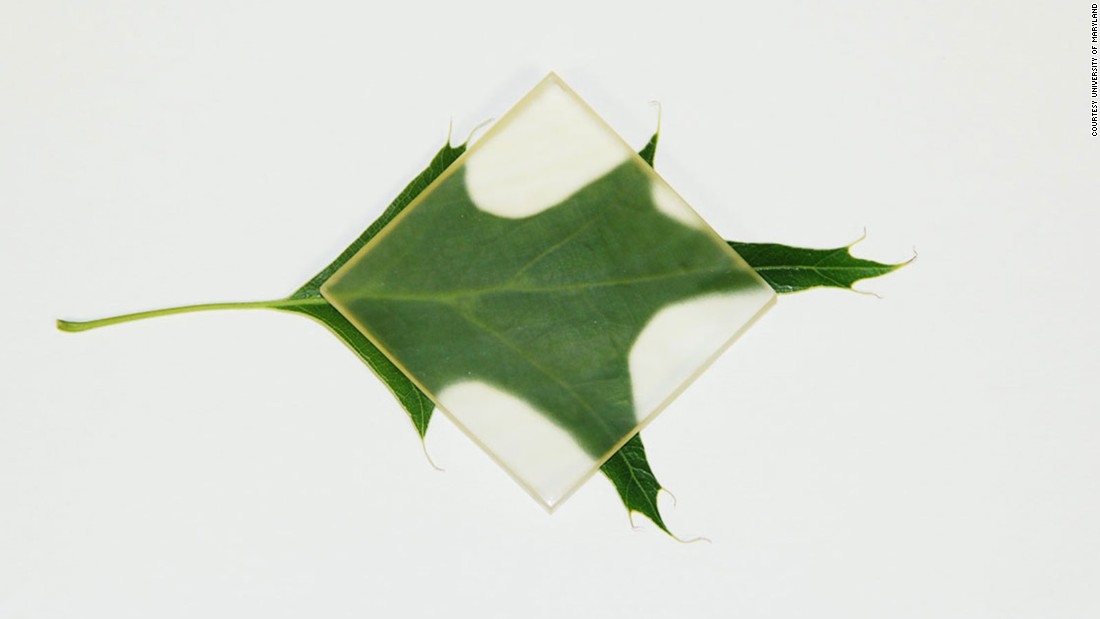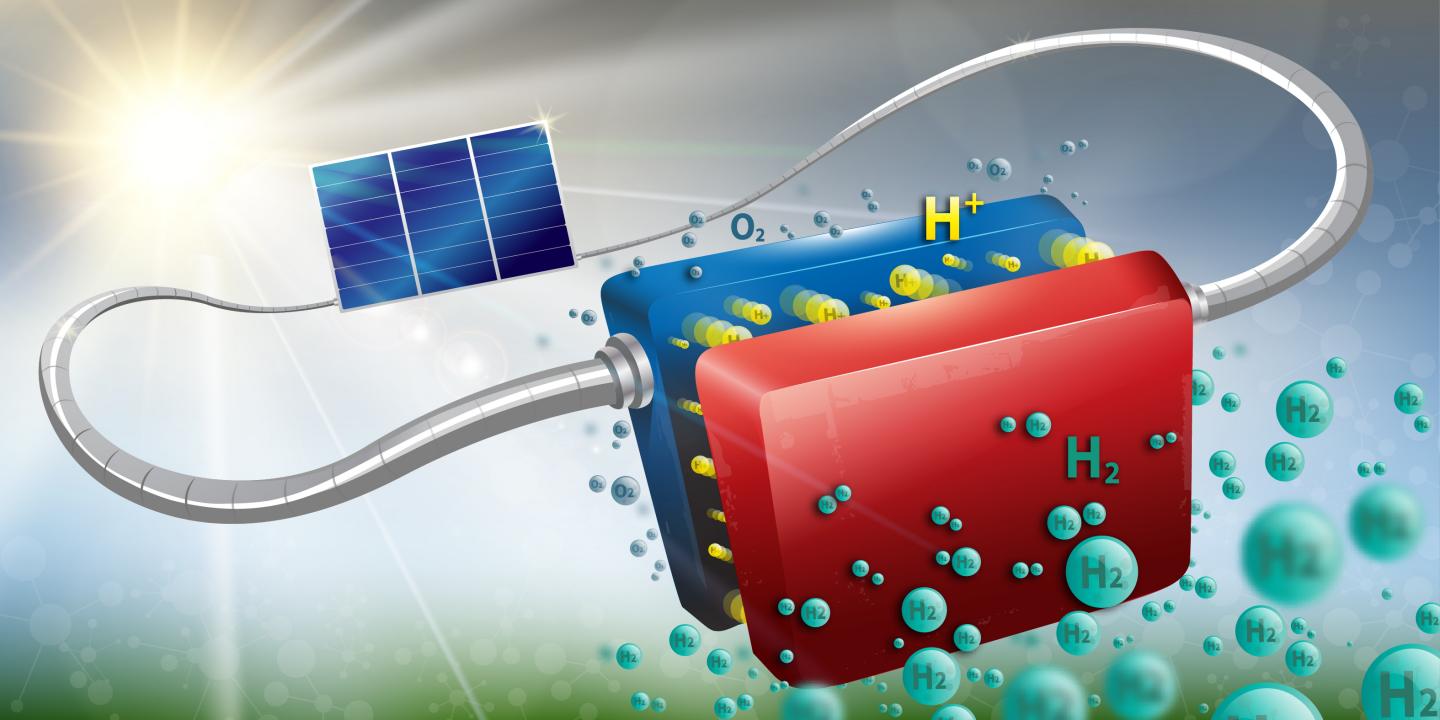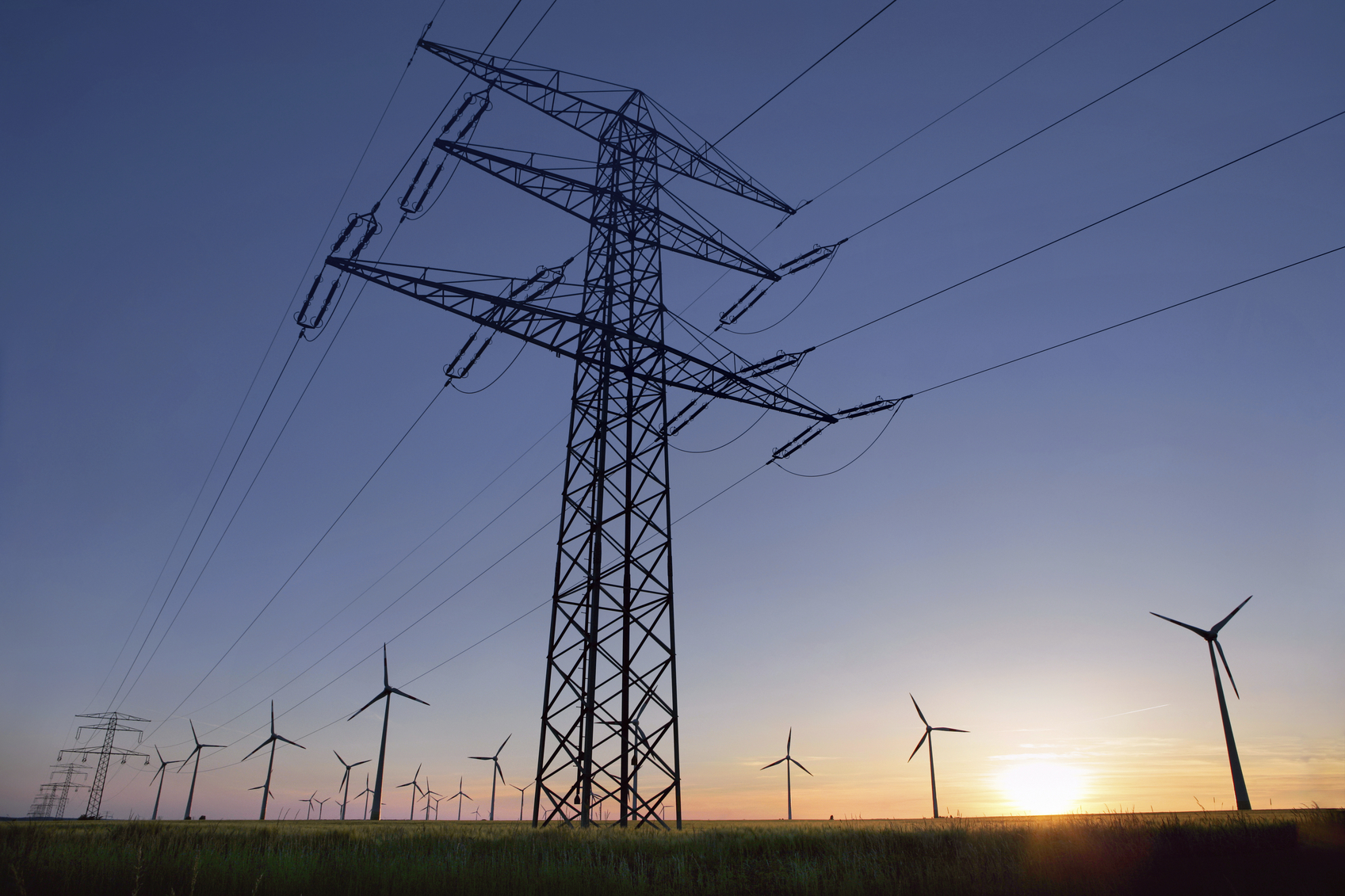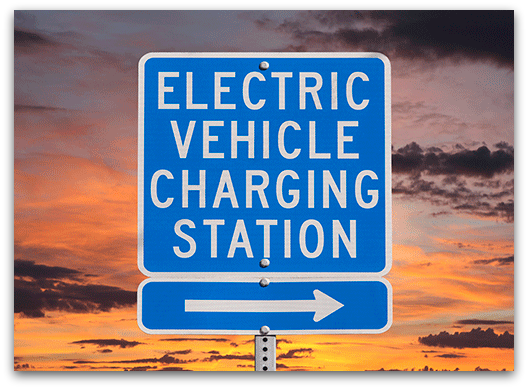
Image: University of Maryland
Wood has been a key building block for much of history infrastructure. While we may have witnessed wood fade out in lieu of other materials in more recent times, it’s about to make a comeback in an unexpected way.
Past ECS member Liangbing Hu of the University of Maryland, College Park is developing a stronger, transparent wood that can be used in place of less environmentally friendly materials such as plastic.
But this development’s novelty really lies in the transparency factor. So many structures built today rely on the use of glass and steel. By replacing those building materials with the transparent wood, the world of design could be revolutionized while heating costs and fuel consumption rates are simultaneously reduced.
This from CNN:
Hu describes the process of creating clear wood in two steps: First, the lignin — an organic substance found in vascular plants — is chemically removed. This is the same step used in manufacturing pulp for paper. The lignin is responsible for the “yellow-ish” color of wood. The second step is to inject the channels, or veins of the wood by filling it with an epoxy — which can be thought of as strengthening agent, Hu says.


 Children struggle to learn when they don’t have science labs and libraries. Learning becomes difficult in classrooms that are falling apart, or where children are expected to sit on the floor because they have neither desks nor chairs.
Children struggle to learn when they don’t have science labs and libraries. Learning becomes difficult in classrooms that are falling apart, or where children are expected to sit on the floor because they have neither desks nor chairs. Just over 45 years ago today,
Just over 45 years ago today, 

 The world’s next energy revolution is looming nearer.
The world’s next energy revolution is looming nearer. There’s only one week left to enter ECS’s Open Access Week Competition! Don’t forget to
There’s only one week left to enter ECS’s Open Access Week Competition! Don’t forget to 
 Electric vehicles have become more visible in the automobile market over the past few years, but many potential buyers still cite one thing as a major deterrent in going electric: range anxiety.
Electric vehicles have become more visible in the automobile market over the past few years, but many potential buyers still cite one thing as a major deterrent in going electric: range anxiety.